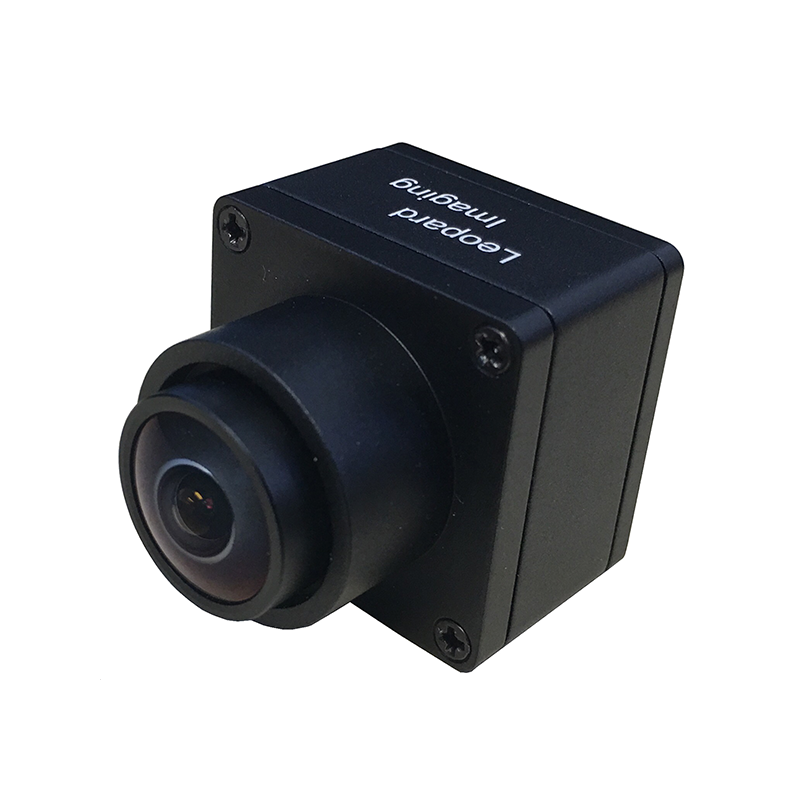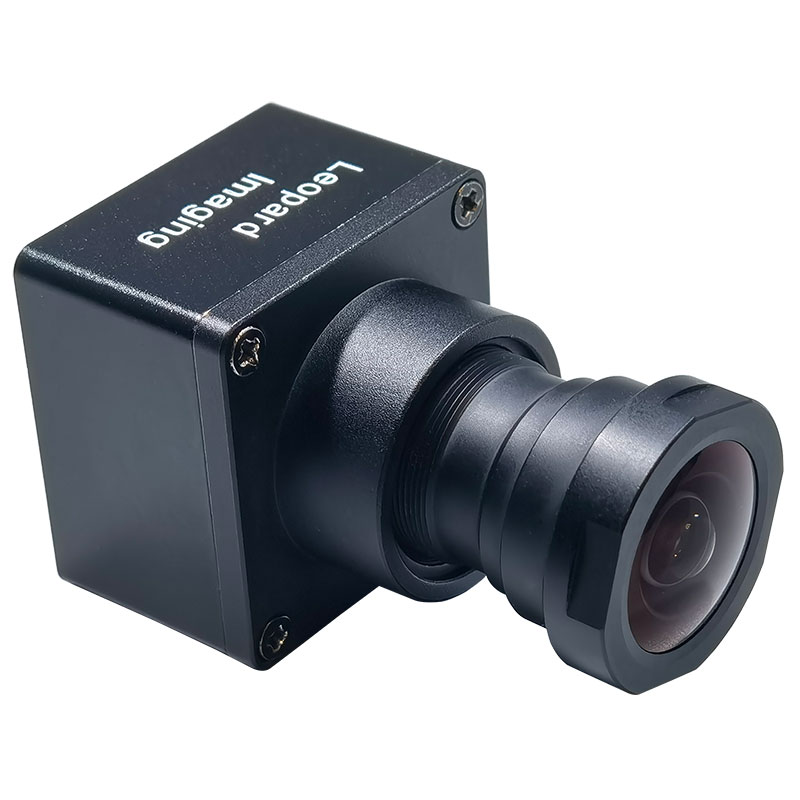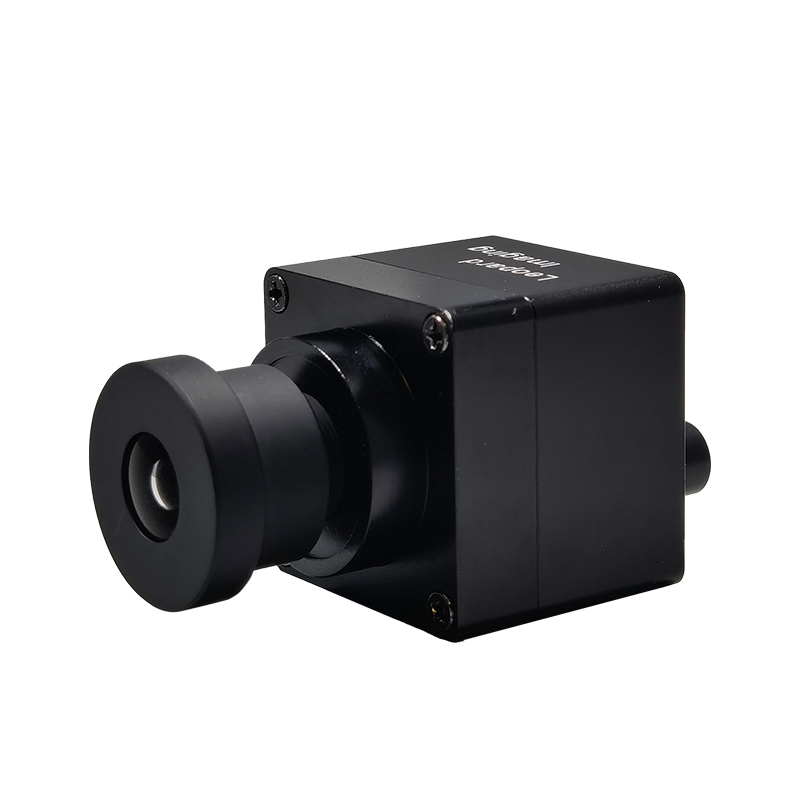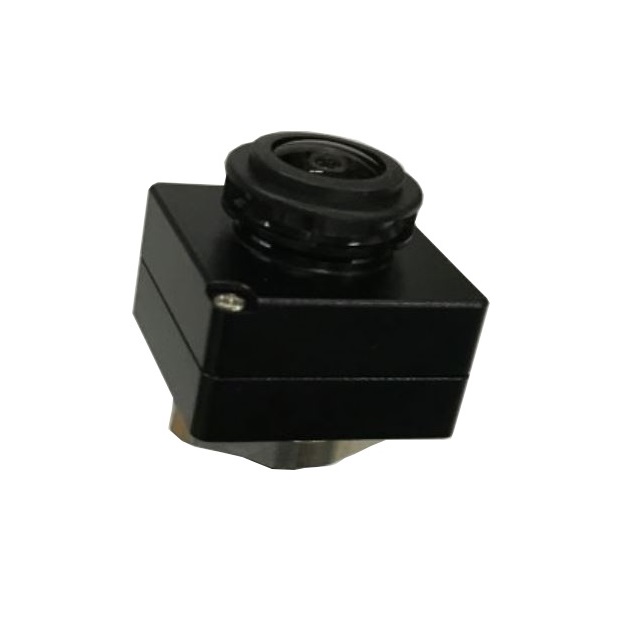TI-FPDLINKIII
LI-VENUS-IMX623-FP3-R1
LI-ST-VB56G4A-DMS-FPD
LI-VB1940-VCL-OMS-FP3
LI-AR0231-AP0202-TI913
LI-AR0231-FPDLINKIII
LI-AR0233-GW5400-FPDLINKIII
LI-AR0820-FPDLINKIII
LI-IMX390-FPDLINKIII
LI-IMX390-GW5400-FPDLINKIII
LI-IMX412-FPDLINKIII
LI-IMX424-FPDLINKIII
LI-IMX424-GW5400-FPDLINKIII
LI-IMX490-FPDLINKIII
LI-IMX490-GW5400-FPDLINKIII
LI-ISX019-TI933
LI-OV10650-495-FPDLINKIII
LI-OV2311-FPDLINKIII
LI-OV2312-FPDLINKIII
LI-OV2775-495-FPDLINKIII
LI-OV2775-FPDLINKIII
LI-OV2778-GW5400-FPDLINKIII
LI-OX08A4Y-FPDLINKIII
LI-ST-VB56G4A-MONO-DMS-ADJ



